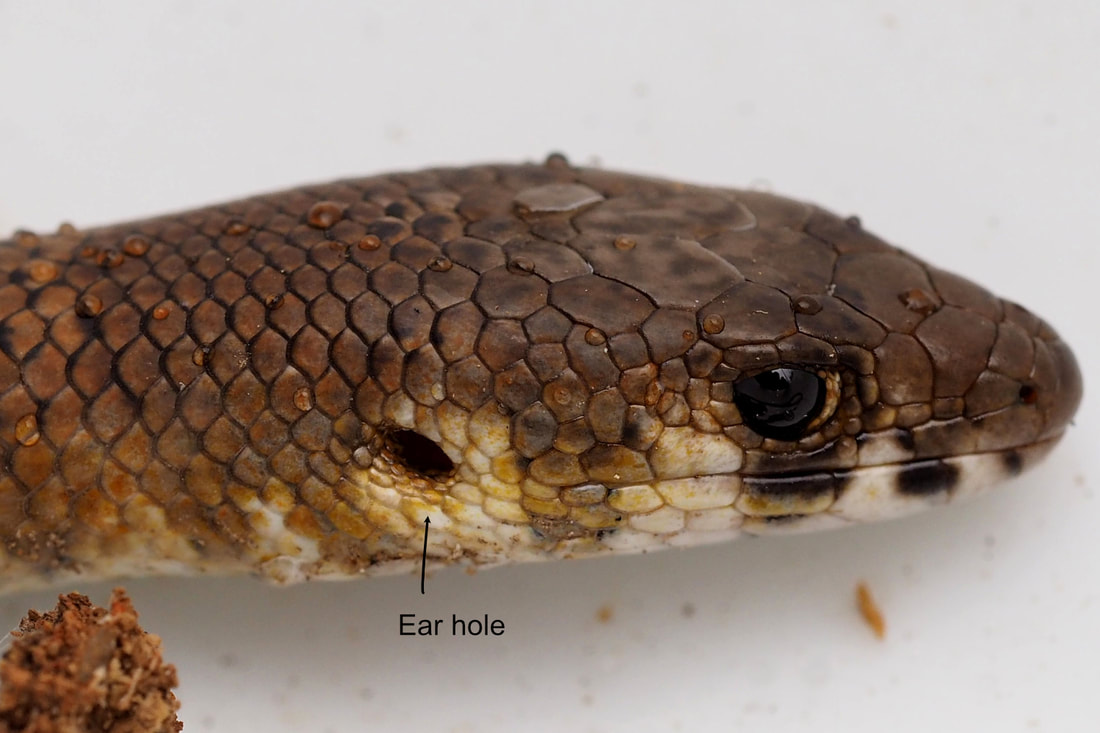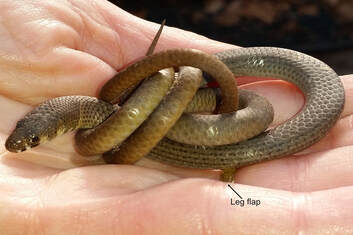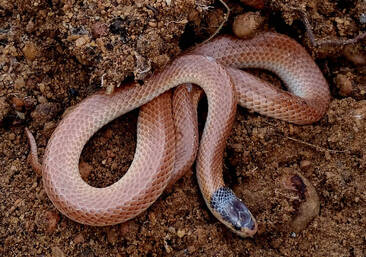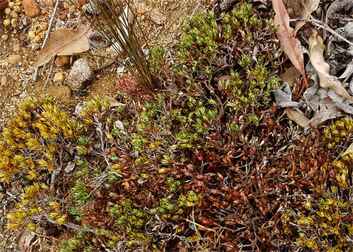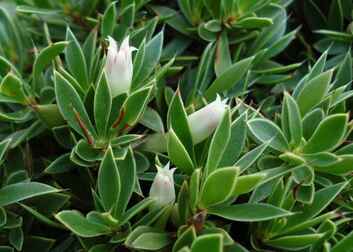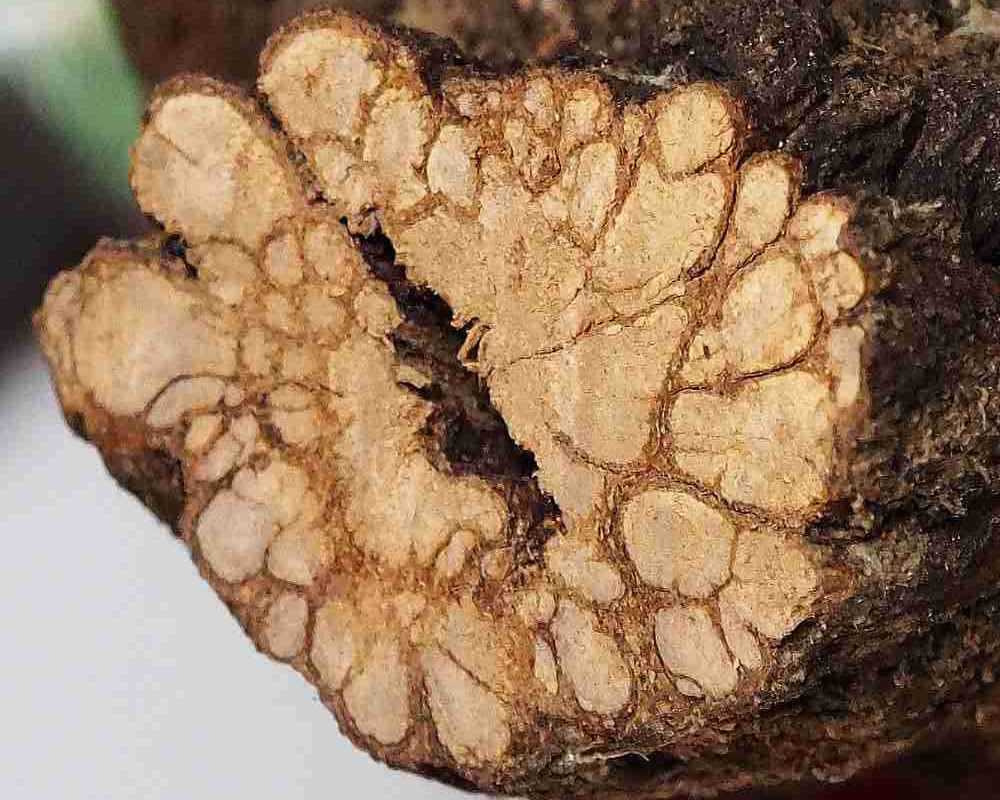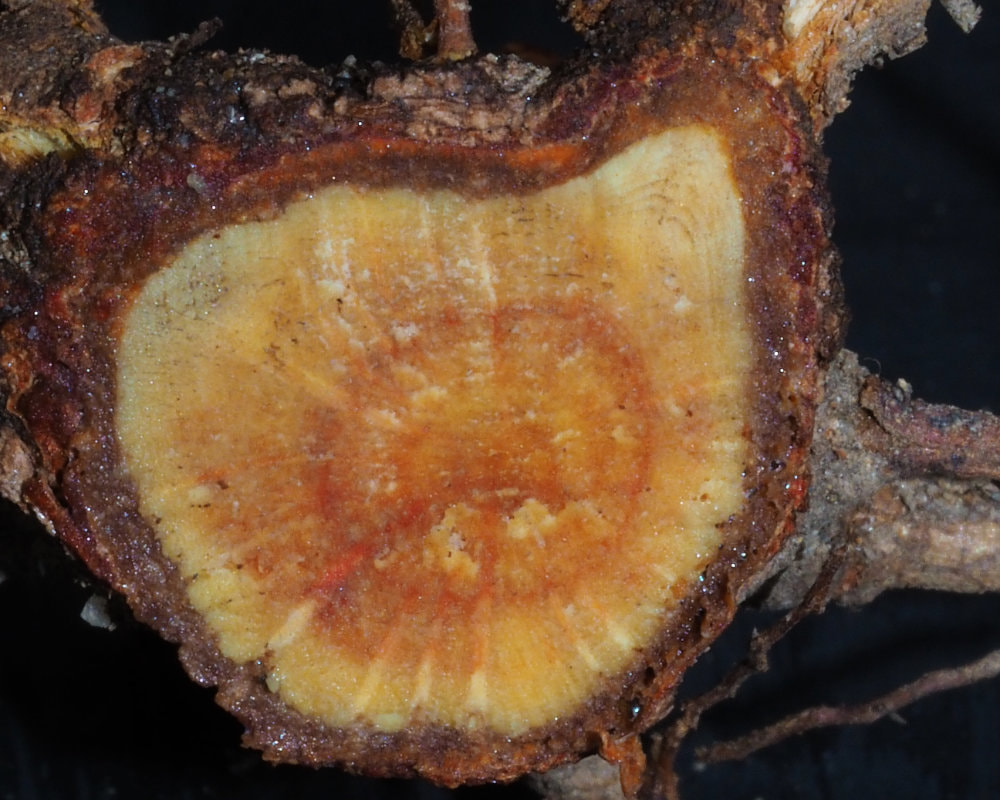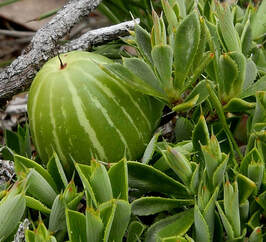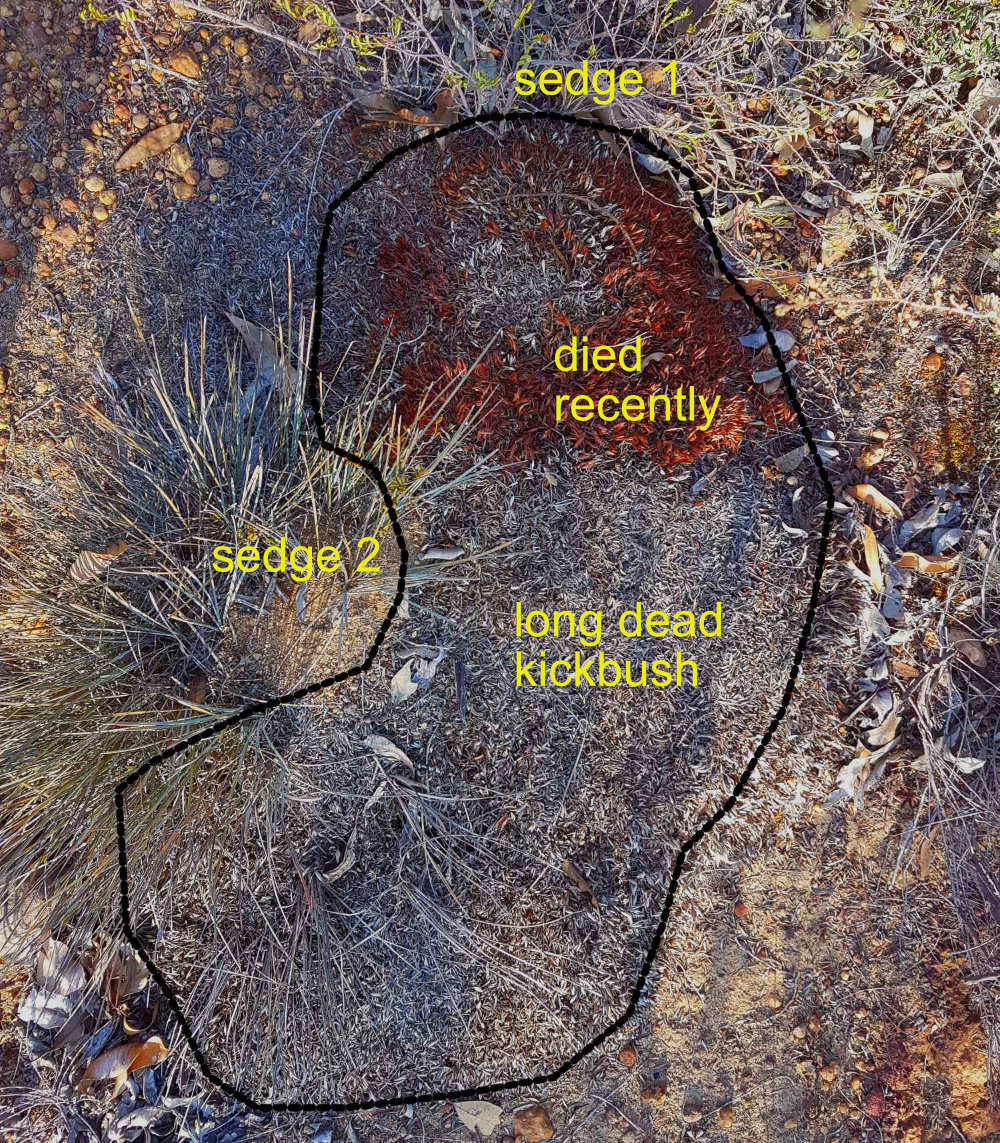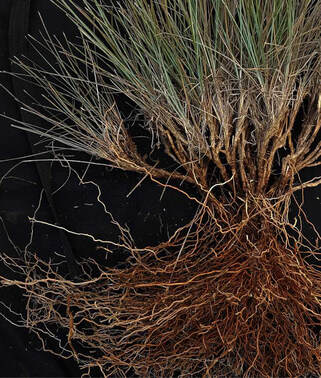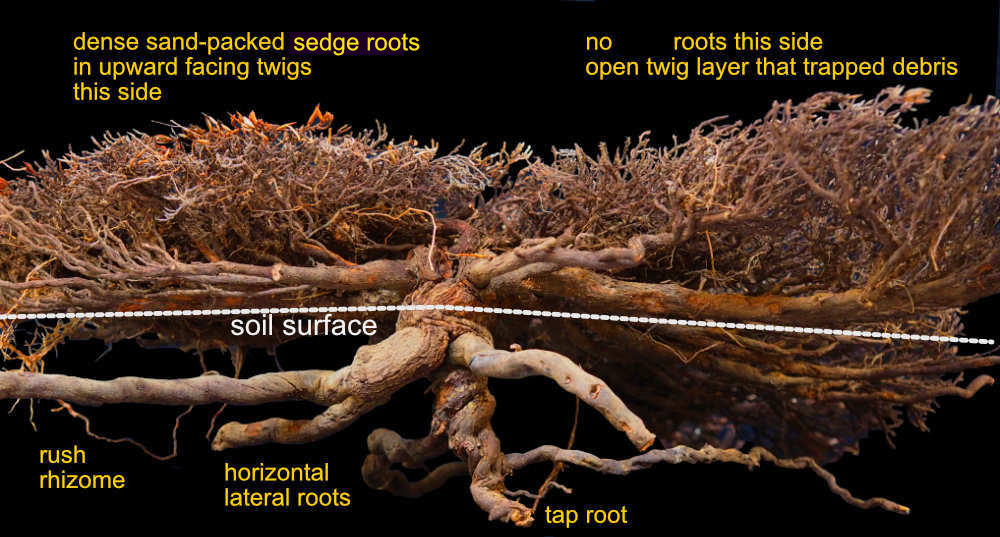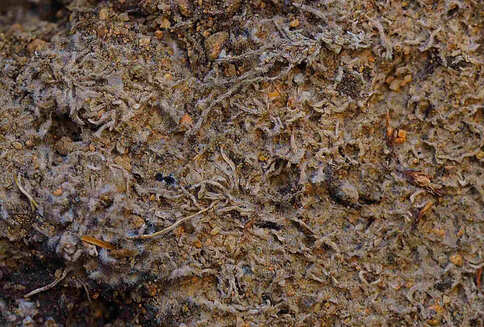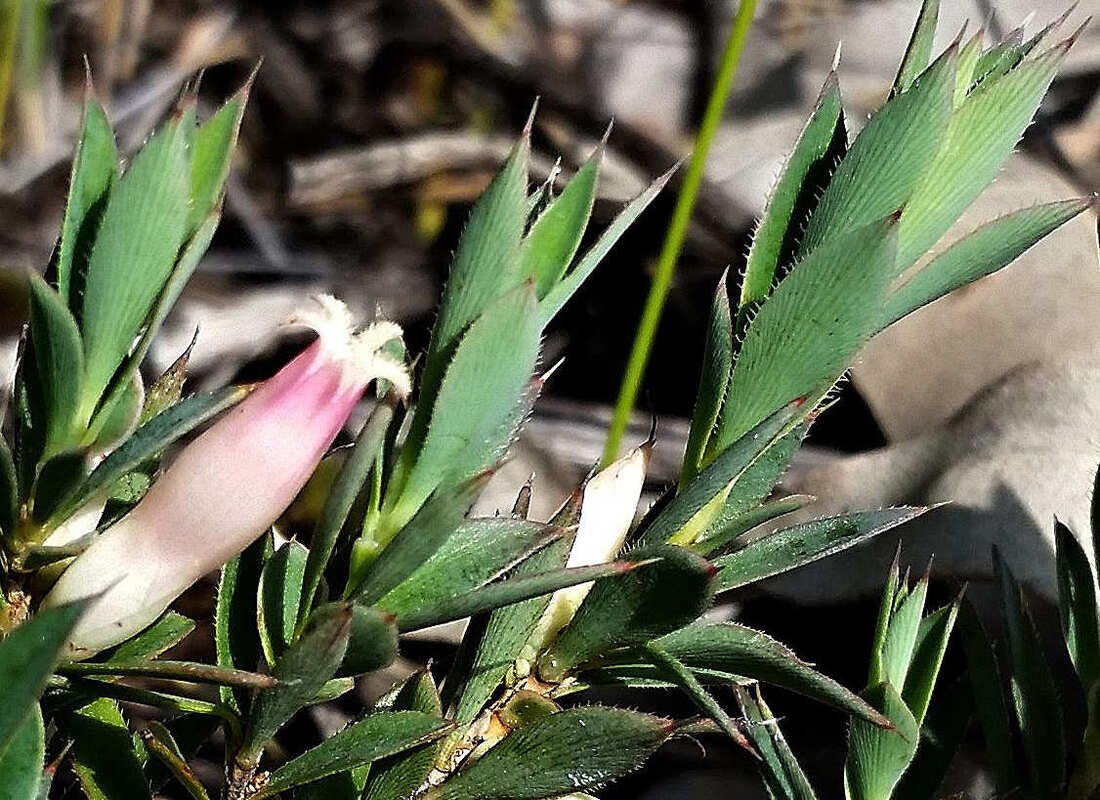Last June I discovered a long (30cm) reptile that I initially thought was a snake in leaf litter. It turned out to be Frasers Delma Delma fraseri.
Delmas are in the legless lizard family Pygopodiae, which are closely related to gekkos. Other names for them are flap-footed lizards or slithering gekkos. Like gekkos they have ears, can make noises, lay eggs, but they have no front legs and the rear legs are reduced to flaps. They have no eyelids and lick their eyes, which are covered with a clear protective layer. This little critter hunts insects and grasshoppers.
The Australian Geographic has this great article
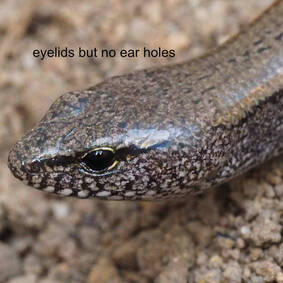
It is interesting how different families of lizards have evolved similar characters to become subsurface hunters.
Last week, while raking leaves I was excited to find another shorter ‘legless lizard’.
After taking many images, I noticed dinky little legs,which it uses to push its body through the leaf litter.
Gadzooks! Hemiergis peronii. Peron's Earless Skink / Lowlands Earless Skink / Four-Toed Earless Skink, which is quite common in gardens. Mine was the three toed subspecies
They have movable clear lower eyelids and give birth to live young.
